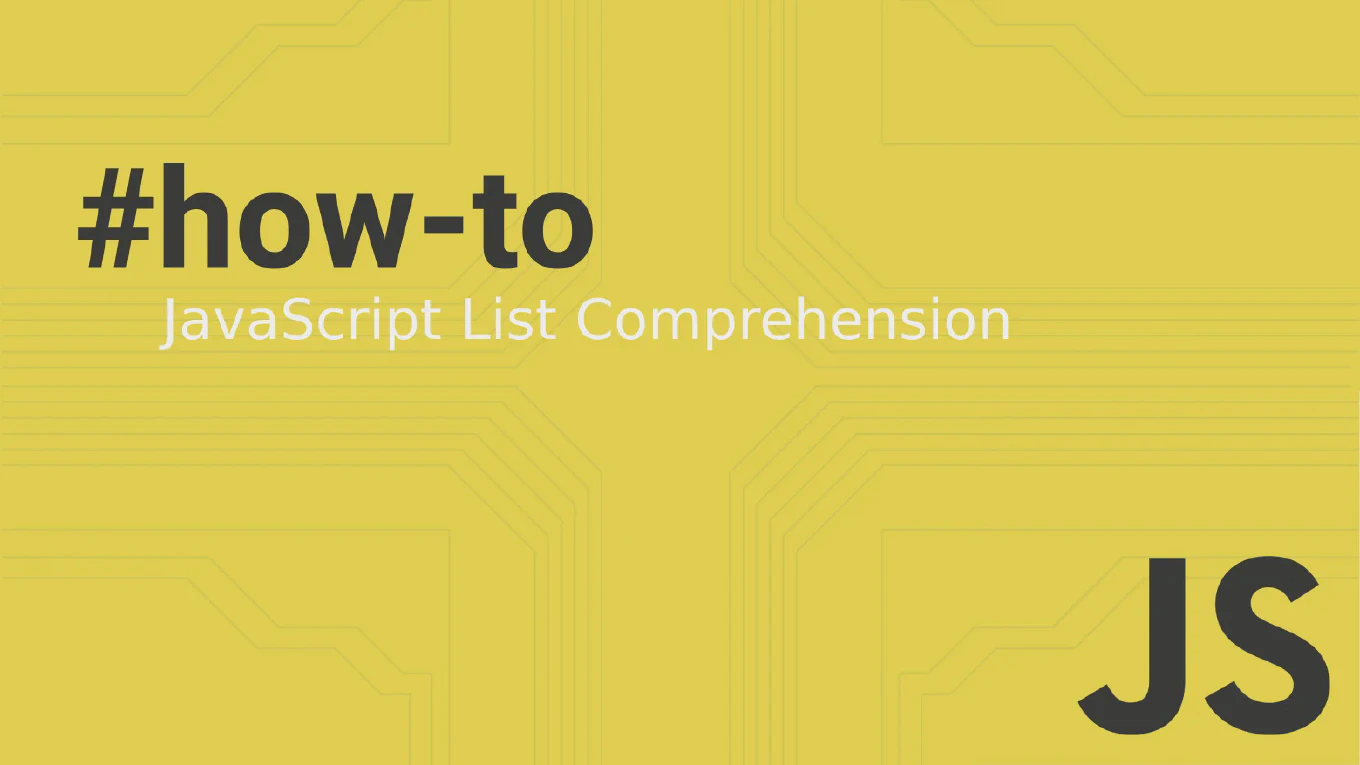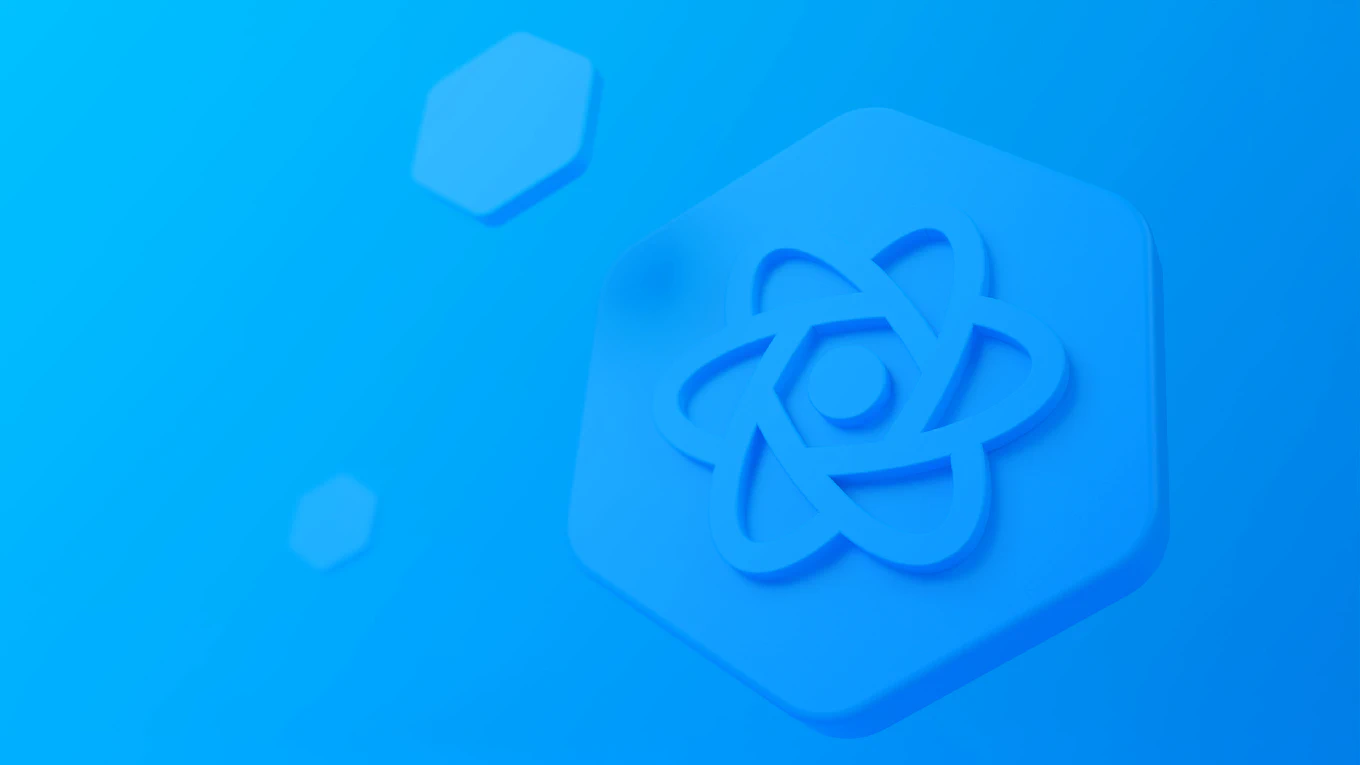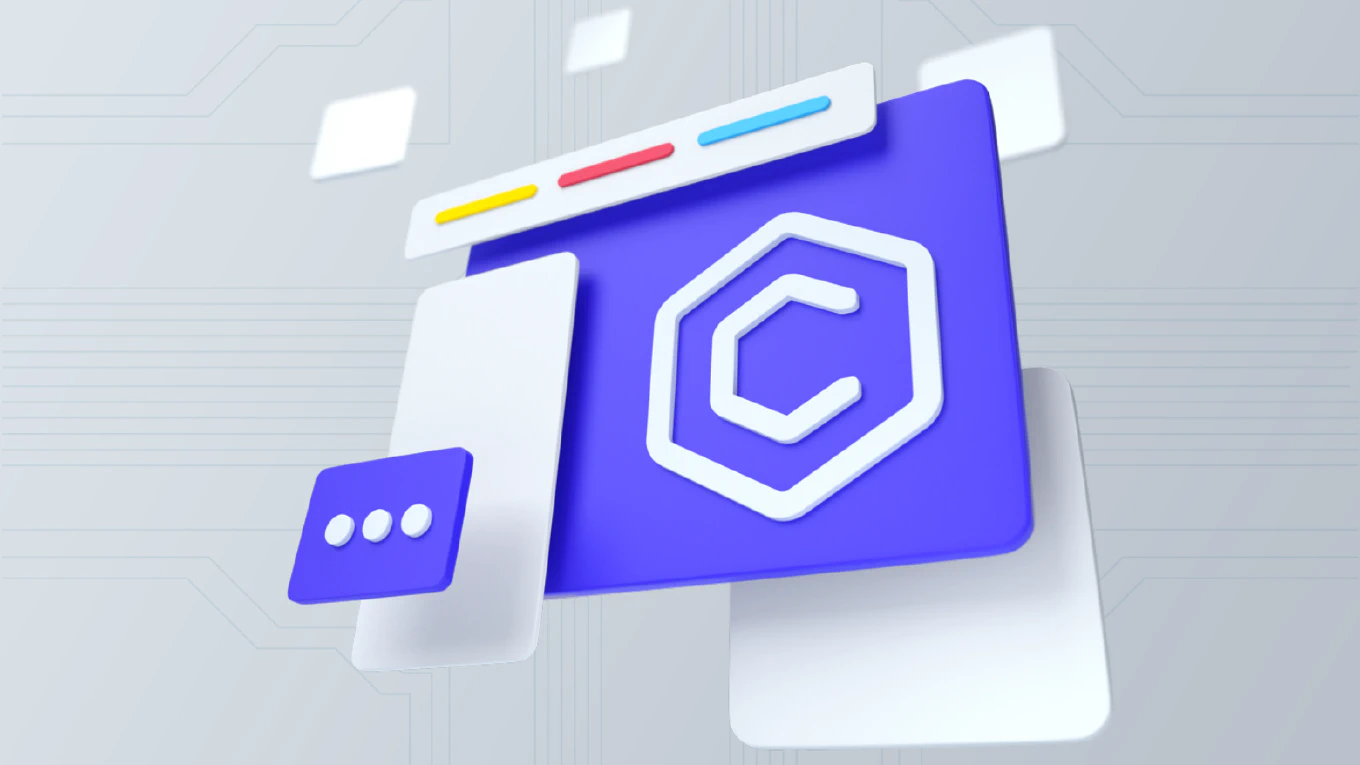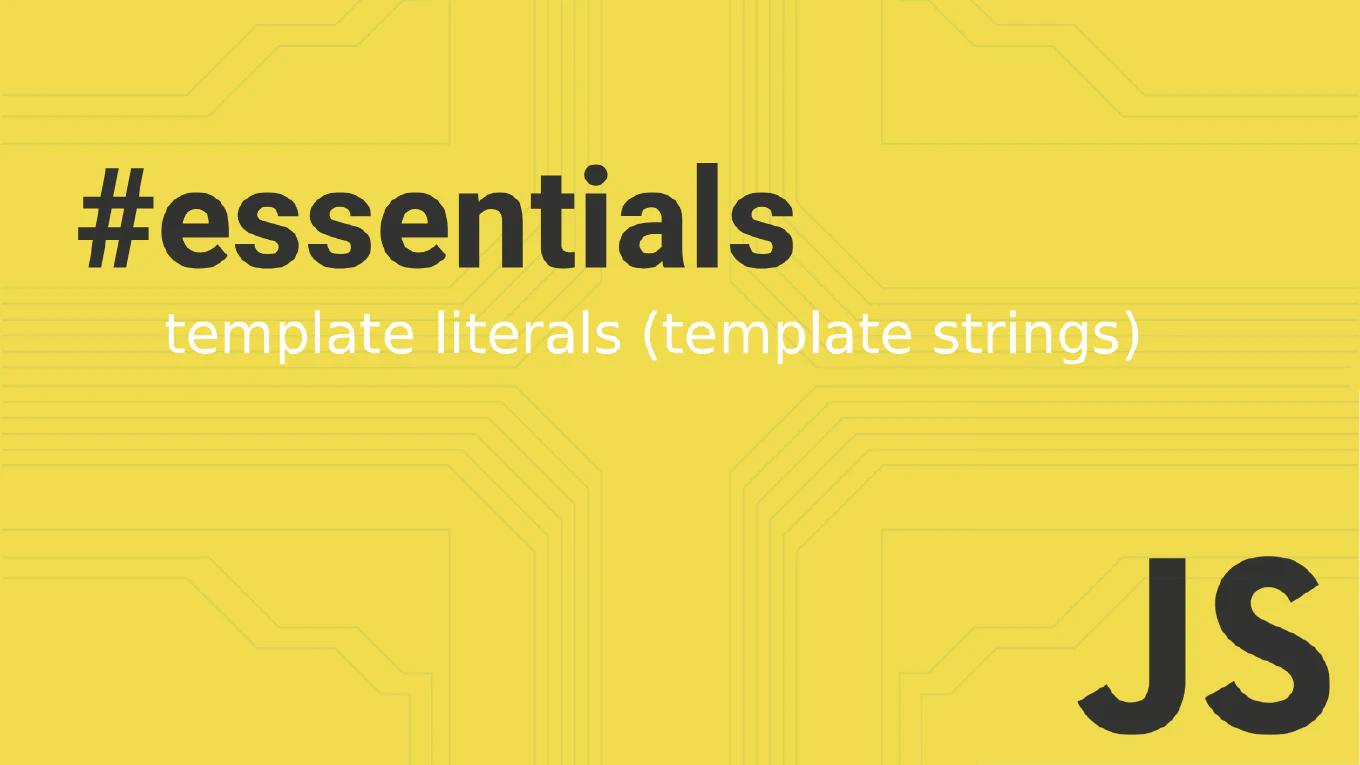How to view Git log graph
Git log graph visualization provides a clear view of branch structure, merges, and repository topology using ASCII art to represent commit relationships.
As the creator of CoreUI with over 25 years of version control experience, I use graph visualization extensively for understanding complex branch histories and merge patterns.
The most effective approach is using git log --graph combined with other formatting options for clear branch visualization.
This provides essential insight into project development flow and helps identify merge conflicts and branching strategies.
How to view Git log with one line
Viewing Git log in one-line format provides a compact, scannable overview of commit history that’s perfect for quick reviews and branch analysis.
With over 25 years of version control experience and as the creator of CoreUI, I use the one-line log format daily for efficient code review and project analysis.
The most effective approach is using the --oneline flag which shows abbreviated commit hashes and the first line of commit messages.
This provides maximum information density while maintaining readability for fast repository analysis.
How to view Git log
Viewing Git log is essential for understanding project history, tracking changes, and debugging issues by examining commit messages and authorship.
As the creator of CoreUI with over 25 years of version control experience, I use git log extensively for code reviews, debugging, and project analysis.
The most fundamental approach is using the git log command which displays commit history in reverse chronological order.
This provides complete visibility into project evolution with detailed commit information and flexible formatting options.
How to create lightweight tags in Git
Lightweight tags in Git provide a simple way to mark specific commits without storing additional metadata, making them perfect for temporary or internal version references.
With over 25 years of version control experience and as the creator of CoreUI, I use lightweight tags for development milestones and quick commit references.
The most straightforward approach is using the basic git tag command without any flags to create a simple pointer to a commit.
This provides fast, lightweight version marking without the overhead of annotated tags and their associated metadata.
How to create annotated tags in Git
Annotated tags in Git store additional metadata including tagger information, date, and optional messages, making them ideal for formal releases and version tracking.
As the creator of CoreUI with over 25 years of version control experience, I use annotated tags exclusively for all official releases and major milestones.
The most effective approach is using the -a flag with descriptive messages that explain the release contents and changes.
This provides a complete audit trail and professional version management for production releases.
How to push tags to remote in Git
Pushing tags to remote repositories is essential for sharing version releases and ensuring all team members have access to the same tag references. With over 25 years of experience in version control and as the creator of CoreUI, I use tag pushing extensively for coordinating releases across development teams. The most important aspect is understanding that Git tags are not automatically pushed with regular commits and require explicit pushing. This ensures deliberate version management and prevents accidental tag sharing during development.
How to delete a tag in Git
Deleting Git tags is necessary when fixing versioning mistakes, removing test releases, or cleaning up incorrect tags in your repository. As the creator of CoreUI with over 25 years of version control experience, I’ve had to clean up tags during release processes and version management. The most important aspect is understanding the difference between deleting local tags and remote tags, as they require separate commands. Always delete both local and remote tags to maintain consistency across all repository copies.
How to list tags in Git
Listing Git tags is essential for version management, release tracking, and understanding the release history of your project.
With over 25 years of experience in software development and as the creator of CoreUI, I use Git tags extensively for managing releases across all our open-source projects.
The most straightforward approach is using the git tag command which displays all tags in alphabetical order.
This provides quick access to version information and helps coordinate releases across development teams.
How to tag a commit in Git
Tagging commits in Git provides a way to mark important milestones like releases, version numbers, and significant checkpoints in your project history.
As the creator of CoreUI, a widely used open-source UI library, I’ve tagged countless releases and versions across multiple CoreUI repositories to track release history and enable easy rollbacks.
From my 25 years of experience in software development and version control, the most effective approach is to use annotated tags with git tag -a for releases and lightweight tags for temporary markers.
This method provides clear version management and release tracking.
How to cherry-pick a commit in Git
Cherry-picking allows you to apply specific commits from one branch to another without merging entire branches, useful for selective bug fixes and feature backports.
As the creator of CoreUI, a widely used open-source UI library, I’ve used cherry-picking extensively to backport bug fixes and apply specific features across multiple CoreUI versions and release branches.
From my 25 years of experience in software development and version control, the most reliable approach is to use git cherry-pick with the target commit hash.
This method provides precise commit selection while maintaining clean branch history.



